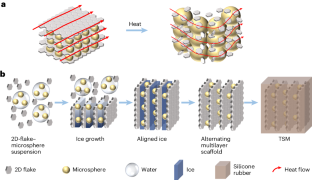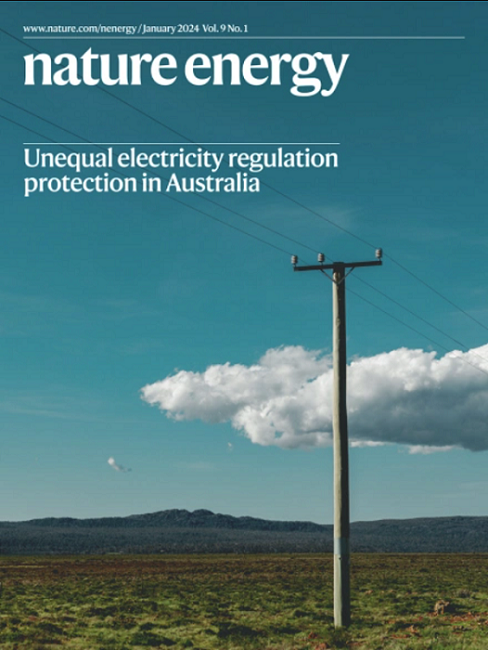Rapid temperature-responsive thermal regulator for safety management of battery modules
IF 49.7
1区 材料科学
Q1 ENERGY & FUELS
引用次数: 0
Abstract
Effective thermal safety management relies on the thermal conductivity of interlayer materials, yet current designs lack the needed responsiveness for both performance and safety. Here we design a thermal-switching material with high switching ratio from thermal conduction to thermal insulation state to address this predicament. The designed thermal-switching material exhibits a wide temperature range for heat conduction (1.33 W m−1 K−1 at room temperature) and can transform to an adiabatic state within 30 s (0.1 W m−1 K−1 at around 100 °C) when heated. When applied as cell-to-cell interlayers for a module with four 50 Ah nickel–cobalt–manganese lithium-ion cells, the material not only ensures a uniform temperature distribution under normal working conditions, but more importantly prevents 80% of the heat transmission from thermal runaway, effectively avoiding catastrophic battery explosion. We believe that this thermally responsive material design will ensure safety and high performance throughout the lifespan of high-energy-density battery modules. Smart temperature-responsive materials could enhance battery thermal safety management; however, current designs lack the necessary responsiveness for both performance and safety. Here the authors demonstrate a material that swiftly transitions from thermal transmission to isolation during thermal runaway in battery modules, thereby ensuring battery safety.


用于电池模块安全管理的快速温度响应型热调节器
有效的热安全管理依赖于层间材料的热传导性,但目前的设计缺乏性能和安全所需的响应能力。在此,我们设计了一种从热传导状态到热绝缘状态具有高切换率的热开关材料,以解决这一难题。所设计的热开关材料具有较宽的热传导温度范围(室温下为 1.33 W m-1 K-1),并能在加热后 30 秒内转变为绝热状态(约 100 °C 时为 0.1 W m-1 K-1)。当把这种材料作为电池与电池之间的夹层应用于装有四个 50 Ah 镍钴锰锂离子电池的模块时,它不仅能确保正常工作条件下的均匀温度分布,更重要的是能防止 80% 的热失控热传递,从而有效避免灾难性的电池爆炸。我们相信,这种热响应材料设计将确保高能量密度电池模块在整个生命周期内的安全性和高性能。
本文章由计算机程序翻译,如有差异,请以英文原文为准。
求助全文
约1分钟内获得全文
求助全文
来源期刊

Nature Energy
Energy-Energy Engineering and Power Technology
CiteScore
75.10
自引率
1.10%
发文量
193
期刊介绍:
Nature Energy is a monthly, online-only journal committed to showcasing the most impactful research on energy, covering everything from its generation and distribution to the societal implications of energy technologies and policies.
With a focus on exploring all facets of the ongoing energy discourse, Nature Energy delves into topics such as energy generation, storage, distribution, management, and the societal impacts of energy technologies and policies. Emphasizing studies that push the boundaries of knowledge and contribute to the development of next-generation solutions, the journal serves as a platform for the exchange of ideas among stakeholders at the forefront of the energy sector.
Maintaining the hallmark standards of the Nature brand, Nature Energy boasts a dedicated team of professional editors, a rigorous peer-review process, meticulous copy-editing and production, rapid publication times, and editorial independence.
In addition to original research articles, Nature Energy also publishes a range of content types, including Comments, Perspectives, Reviews, News & Views, Features, and Correspondence, covering a diverse array of disciplines relevant to the field of energy.
 求助内容:
求助内容: 应助结果提醒方式:
应助结果提醒方式:


